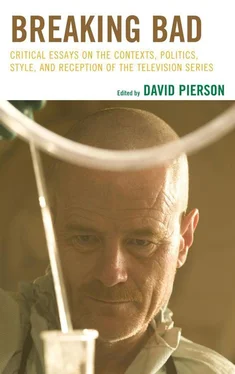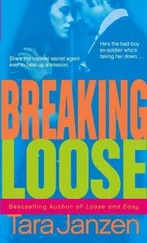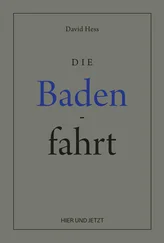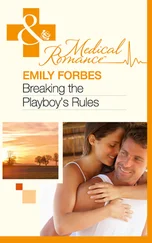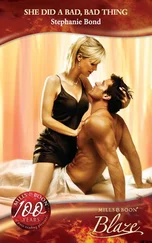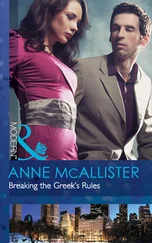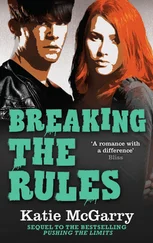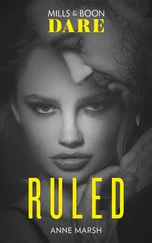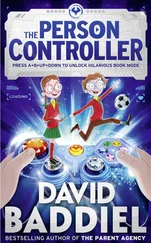The first of the two sequences, from the episode “Full Measure” (6/13/10), uses the song “Windy” to play on the assonance with Wendy, the name of a secondary character, a drug addict and prostitute. Smith (2001) borrows from Arthur Koestler the concept of bisociation to indicate “…the movement between two associative chains of logic, each of which represents a distinct interpretive frame. According to Koestler, humor arises from the juxtaposition of these two associative chains to create two incongruous ways of seeing something, such as a person, sentence, or situation” (416). Similarly, “Windy” is at once congruous and incongruous with the visuals: by way of illustration, the verse “Who’s bending down to give me a rainbow” is juxtaposed to images of Wendy bending down to give oral sex to her customers. On the other hand, it is clear that the song’s character does not have the same tragic traits associated with Wendy. At the same time, any humor arising from this juxtaposition is challenged by the chance that viewers might sympathize with Wendy, especially after her courageous resolution to help Jesse take revenge on a young boy’s killers. However, her secondary role and the nature of her character, including her being portrayed as a victim, complicate identification processes. Consequently, while this sequence can still be understood as a one-off spectacle to be enjoyed for its stylistic and thematic wit, irony might possibly trigger a critical reflection capable of tracking sentiments like sympathy or compassion.
In the second example, the song “Crystal Blue Persuasion,” included in the episode “Gliding Over All” (9/2/12), accompanies a brilliant sequence showing the production and distribution chain of Walt’s blue-meth business. Visually, the sequence displays an associational method of montage that avoids fades and uses cues and opposite movements of the camera, zooming in or out on similar objects, or panning continuously through different environments. The song, which like “Windy” was a hit in the late 1960s, expresses hope for peace and brotherhood, again acting as a commentary on the visuals. [12] Unlike “DLZ,” neither of the two songs has been edited, except for the fadeout at the end of “Windy,” which in the series starts slightly earlier.
Here, the bisociative element mainly comprises the words blue and crystal, which have different meanings in the song and in relation to Walt’s activity. [13] According to Tommy James, one of the song’s authors, the color blue was meant to have religious connotations. Allegedly, some listeners believed instead it referred to drugs. On this regard, see the interview, “Tommy James,” Songfacts , accessed 12 October 2012, http://www.songfacts.com/blog/interviews/tommy_james/ .
There are other puns that play on double entendre: for example, during the verse “People are changing,” we see drug trader and Madrigal attorney Lydia, indicating that Walt’s business partners have changed; with the verse “Love, love is the answer,” we see Skyler laundering money, as, by this time, viewers have acknowledged that her love for Walt has gone.
Irony blooms at the musical level, too, with the gravity of the meth business contrasted with a psychedelic pop song with a West Coast hippie feel and a Latin flair. [14] Previously, there have been other montages showing meth manufacturing and dealing with the accompaniment of contrasting music. In passing, it is worth noting that all these sequences are set to Latin music, making this a good example of self-reflexivity.
Here, again, music does not seem to track identification with the characters; rather, it contributes to a sense of estrangement that overshadows the fun of the puns. More precisely, “Crystal Blue Persuasion” brings in an element of nostalgia as if, for Walt and his associates, things have changed forever. Tincknell (2006) argues that recourse to the nostalgia effect in films will inevitably affect the meaning and value of the quoted text, “restructuring… the past at the level of style” (135). [15] Booker (2007) argues that nostalgia is a prevalent mode in postmodern film and television, where it is not necessarily linked to personal experience or historical truth: “Postmodern nostalgia is more mediated by culture than are earlier forms of nostalgia…. By focusing on culture, postmodern representations of the past tend to be doubly mediated because they are representations of remembered representations” (51).
This prompts us to ask if Breaking Bad actually constructs the drug business as style, employing a distancing mechanism not as a means to stimulate criticism but in order to refrain from a serious engagement with the most troubling issues about drugs. Insofar as stylization produces temporary moral disengagement, identification processes can be reestablished in subsequent scenes, allowing viewers to empathize with Walt once again on less troubling moral domains, when he deals with his financial concerns or faces ruthless gangsters.
To sum up, in both examples, a preexisting popular song is used to mediate and, partly, defy identification processes. In the first case, distancing is aimed at provoking a critical reflection on drug addiction; if the mechanism is successful, then we can expect the spectator to sympathize with Wendy. The second example is perhaps more ambiguous; here again, commentary generates detachment, but this is complemented by a skillful stylization of the main character’s successful activity. Stylization might engender critical reflection and thus distancing or, instead, suspension of judgment, hence allowing for new positive identification with Walt. However, needless to say, it is not possible to infer solely from a textual analysis which of the two responses will be favored, because an audience analysis would be required.
THE EXPANSION OF THE DIEGETIC SPACE
Diegetic music comes from a source within the fictional world, while nondiegetic or extradiegetic music is external to it. This distinction, borrowed from narratology, raises both conceptual and practical problems when translated to audiovisual media. [16] While the meaning of diegetic, nondiegetic and extradiegetic music is sometimes taken for granted in case studies, several authors have attempted to problematize it. For a comprehensive summary, see Winters (2010).
Supposing that we agree on a common definition of diegesis, [17] Bunia (2010) contends that the term “diegesis,” notwithstanding its widespread use, lacks a coherent definition. More precisely, when it is used to identify the narrated world, the related concept of extradiegesis tends to break down. Accordingly, he suggests a narrower definition of diegesis as information explicitly conveyed by a representation. I shall later show how this definition is also not without problems.
the diegetic/nondiegetic distinction neglects all those instances that do not fit in either of the two categories, and most of all, it “obscures music’s role in producing the diegesis itself” (Kassabian 2001, 42). [18] Music, Winter (2010) argues, occupies the same space of the events directly represented: “Trying to imagine the opening idol-stealing scenes of Raiders of the Lost Ark … without John Williams’s music is, I would suggest, an unnerving experience” (230).
This assumed, I shall now analyze two sequences in which, for reasons that I shall soon clarify, music not only constructs the fictional space but also conveys the idea that this construction goes beyond what can be heard and seen on screen. In other words, the viewer is invited to pay attention to what the music hints or omits, as much as to what it says, about the diegesis.
Читать дальше
